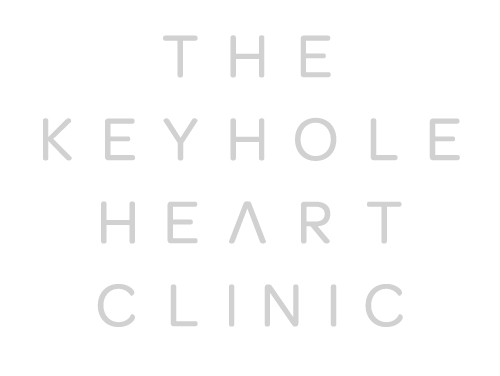What heart conditions can be treated with keyhole heart surgery?

Keyhole heart surgery is also known as minimally invasive cardiac surgery or thoracoscopic surgery and has revolutionised the treatment of various heart conditions.
Few patients realise that this procedure is not new and there is now significant clinical evidence in favour of such procedures when performed by experts.
This advanced surgical approach utilises small incisions and specialised instruments to access the heart to correct heart valve disorders, bypass blocked coronary arteries, close holes in the heart, eradicate abnormal heart rhythm problems and remove cardiac tumours. Traditionally, these procedures are performed by dividing the breastbone through a large cut to access the heart.
Although this approach is a good way to perform heart procedures, it does have a number of significant drawbacks. The breastbone cut is like a broken bone and takes 12 weeks to fully heal. During this time, one must avoid heavy lifting and for the first six weeks, most doctors recommend sleeping on the back to avoid any bone movement. The breastbone break is also associated with some bleeding, a small but potentially serious risk of infection, and some discomfort.
Keyhole heart surgery can offer appropriate patients significant benefits by reducing the trauma to surrounding tissues and when the heart is accessed through small windows between the ribs, the healing occurs in a matter of days rather than weeks, with significantly less pain, less bleeding and lower risk of serious infection.
Keyhole heart surgery does require significant expertise and should only be offered by an experienced surgeon.
The majority of heart surgery procedures can now be performed by keyhole heart surgery.
Valvular heart diseases that affect the aortic valve, mitral valve and tricuspid valve can be addressed with keyhole surgery. Surgeons can repair or replace faulty heart valves using these minimally invasive approaches, resulting in shorter recovery times and reduced postoperative discomfort for patients.
Minimally invasive surgery can also be used to replace aneurysms of the ascending aorta and aortic root with excellent recovery in expert hands.
Many surgeons can also now perform single and multiple coronary bypass grafts through a small rib between the ribs on the left side of the chest with reliable and durable outcomes.
Another condition treatable with keyhole heart surgery is atrial fibrillation (AFib), a common heart rhythm disorder. Surgeons can perform minimally invasive techniques such as catheter ablation to disrupt abnormal electrical pathways in the heart and restore normal rhythm, often without the need for open-heart surgery. Closure of the left atrial appendage is a growing procedure which is performed by keyhole. This important procedure can significantly reduce the risk of stroke in patients with atrial fibrillation.
Overall, keyhole heart surgery is a versatile treatment that can very effectively treat a range of cardiac conditions whilst minimising surgical trauma, reducing recovery times, and improving patient outcomes.

